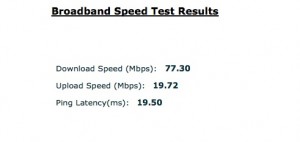Title: Data and Goliath: The Hidden Battles to Collect Your Data and Control Your World
Publisher: WW Norton
Publication date: March 9, 2015
Table of Contents
Part 1: The World We’re Creating
Chapter 1: Data as a By-Product of Computing
Chapter 2: Data as Surveillance
Chapter 3: Analyzing our Data
Chapter 4: The Business of Surveillance
Chapter 5: Government Surveillance and Control
Chapter 6: Consolidation of Institutional Surveillance
Part 2: What’s at Stake
Chapter 7: Political Liberty and Justice
Chapter 8: Commercial Fairness and Equality
Chapter 9: Business Competitiveness
Chapter 10: Privacy
Chapter 11: Security
Part 3: What to Do About It
Chapter 12: Principles
Chapter 13: Solutions for Government
Chapter 14: Solutions for Corporations
Chapter 15: Solutions for the Rest of Us
Chapter 16: Social Norms and the Big Data Trade-Off
Something to be pre-ordered, methinks.

